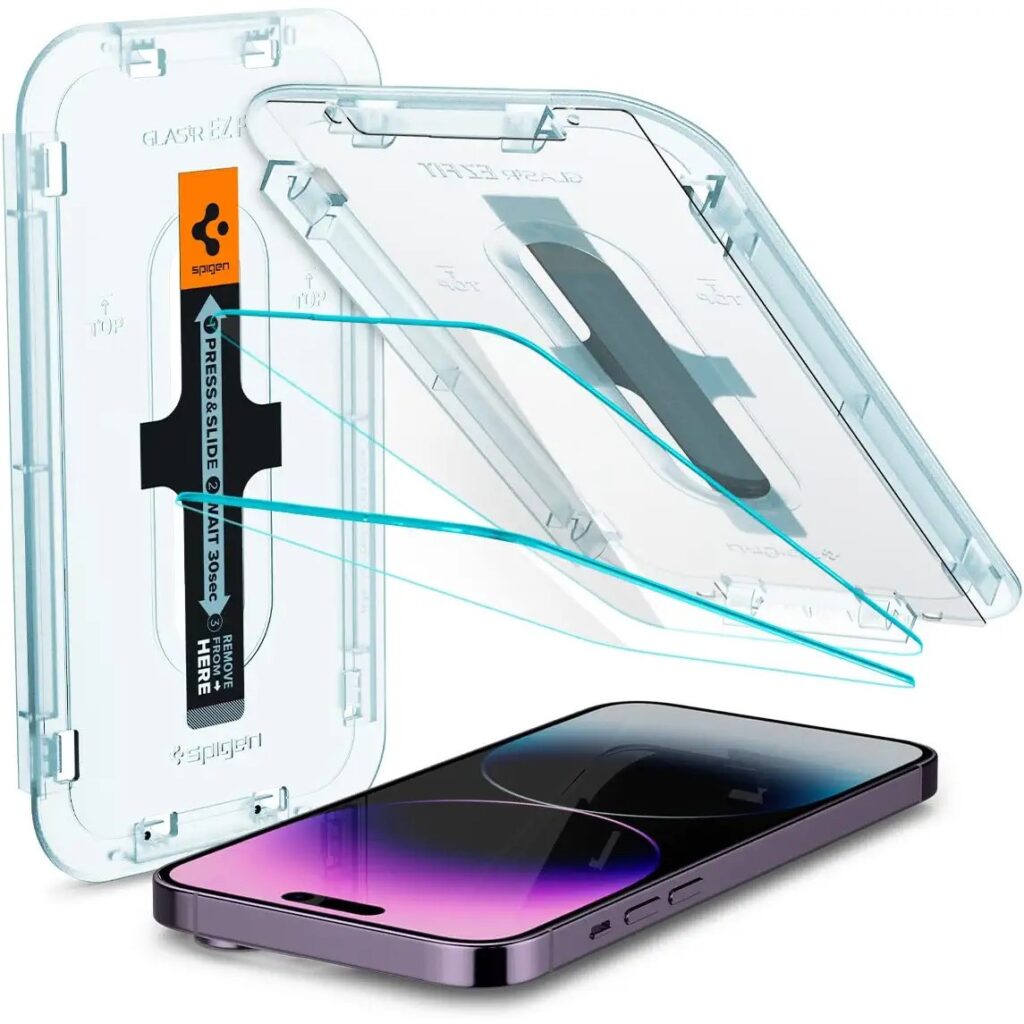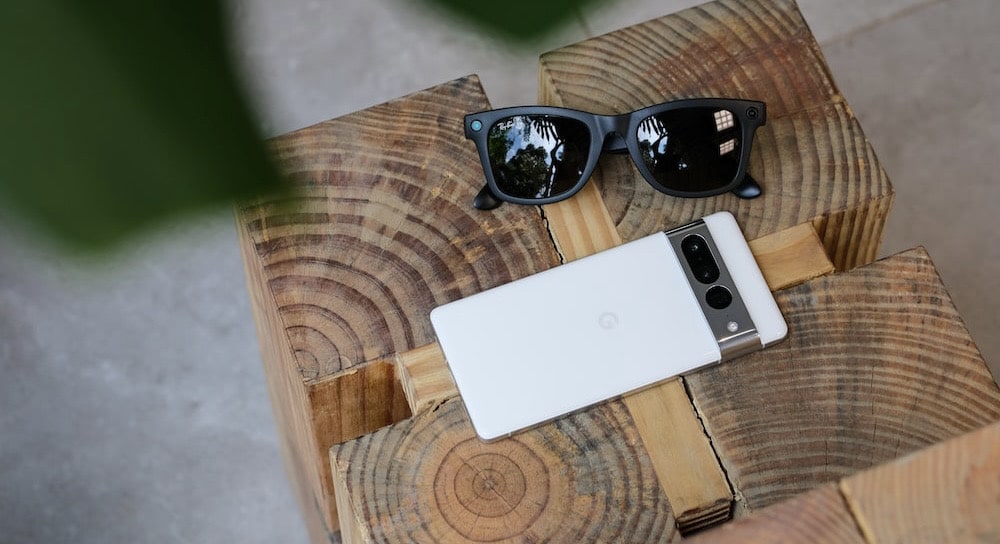When you purchase through links on our site, we may earn an affiliate commission. Learn more...
Tempered Glass vs Hydrogel Screen Protector: Which Is Better?

Hydrogel screen protectors were released to the public and immediately became popular for their resistance to fingerprints and their amazing ability to self-heal any severe screen scratches.
On the other hand, we have their biggest competitor: Tempered Glass Protectors. Both options are excellent in terms of protection, but they do have their differences and some drawbacks, too.
In this article, we’ll compare both of them and we’ll analyze their pros and cons. Let’s get started.
Key Takeaways
- Tempered glass is made with solid TPU, offers higher protection, is cheaper, comes in different types, and offers good touch sensitivity.
- However, it is not as smooth, it has a bulkier design, and the oleophobic coating does not erase fingerprints and stains.
- Hydrogel is elastic and offers a seamless experience. It is thin and preserves touch sensitivity, is easy to install, and prevents bubbles. The aqua shield technology prevents stains and fingerprints, ideal for curved displays.
- But, it is expensive, and the thin structure does not offer enough protection.
- Combining hydrogel and tempered glass while using a gorilla glass device can make a phone nearly bulletproof but may affect touch sensitivity.
Which is better, a Tempered Glass or Hydrogel screen protector?
Tempered glass is superior in terms of phone protection and much cheaper than Hydrogel. But, Hydrogel has the unique ability of self-healing, and it’s easier to use. Overall, tempered glass protectors are the safest option for most users.
Below is the full list of their benefits and drawbacks:
Tempered Glass
Pros
- Instead of soft materials, they are made using solid TPU ones. They are generally 0.3-0.5mm in thickness. As a result, tempered glass accomplishes much higher protection than hydrogel.
- Tempered glass is much cheaper than hydrogel. For the price of one hydrogel screen protector, you can buy 3 tempered glass ones.
- Tempered glass comes in different types. Even if your phone were to fall, some tempered glass screen protectors assure you that the screen will not budge. When the glass breaks, it shatters into small fragments, protecting the device’s original screen from any potential damage.
- It offers a good enough sensitivity to the touch. Low-quality protectors might have issues.
Cons
- It is not as smooth as Hydrogel since the main material is very durable.
- Their design is often bulkier, making their presence on the phone rather visible. When it comes to appearance, tempered glass is inferior to the hydrogel.
- Any fingerprints and stains are not instantly erased since tempered glass screen protectors have an oleophobic coating and in comparison to hydrogel, it has no type of Aqua Shield technology whatsoever. Unless you remove them with a towel and some water, they’ll stay on the screen.
- The latest trend in the market is phones with edges. Tempered glass protectors are not any good when it comes to those types of displays.
Hydrogel
Pros
- Because of their elasticity and usage of softer TPU materials, Hydrogel Screen Protectors provide a seamless experience to every user.
- The material’s slimness preserves the material’s sensibility to the touch. That’s one feature that tempered glasses don’t have.
- Hydrogel screen protectors have a very narrow width. In most cases, the 0.02mm restriction is not exceeded. Because there is little difference between the screen and the screen protector, this is an advantage in the display and provides a perfectly clear image to the user.
- Except for being simple to install, hydrogel also keeps all bubbles “at bay”. Even when the bubbles develop, all it takes is one wipe with a clean cloth to remove them.
- Hydrogel is nearly imperceptible due to its thin construction and that makes it perfect if you care about the appearance of your phone.
- Oil stains, blotches, scratches, and fingerprints are all prevented by the Aqua Shield technology.
- It provides the same level of protection to the device’s edges as it does to the front screen. As a result, it’s ideal for smartphones with curved displays.
Cons
- Hydrogel screen protectors are very expensive when it comes to pricing. This is one of its big disadvantages and what discourages a lot of people from buying them.
- The hydrogel cannot provide enough protection due to its thin structure. Consequently, the screen protector won’t help much if your phone falls or gets smashed.
Important Notes:
- You can make your smartphone pretty much bulletproof if you use a hydrogel screen protector and, on top of that, a tempered glass one. And if it’s a gorilla glass device, it’s even stronger.
- Touch sensitivity will most likely be affected. Make sure that you use high-quality protectors if you attempt to do that.
Final Thoughts
In terms of features and overall quality, hydrogel is the clear winner, but when it comes to actual protection, there is only one choice and that’s tempered glass.
In my opinion, it’s up to your personal preference and budget (let’s not forget how pricey hydrogel is) to choose which of the two screen protectors suits you most.





